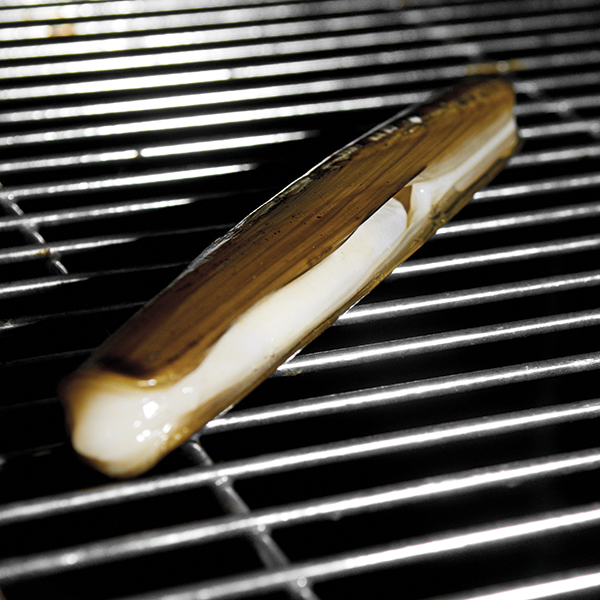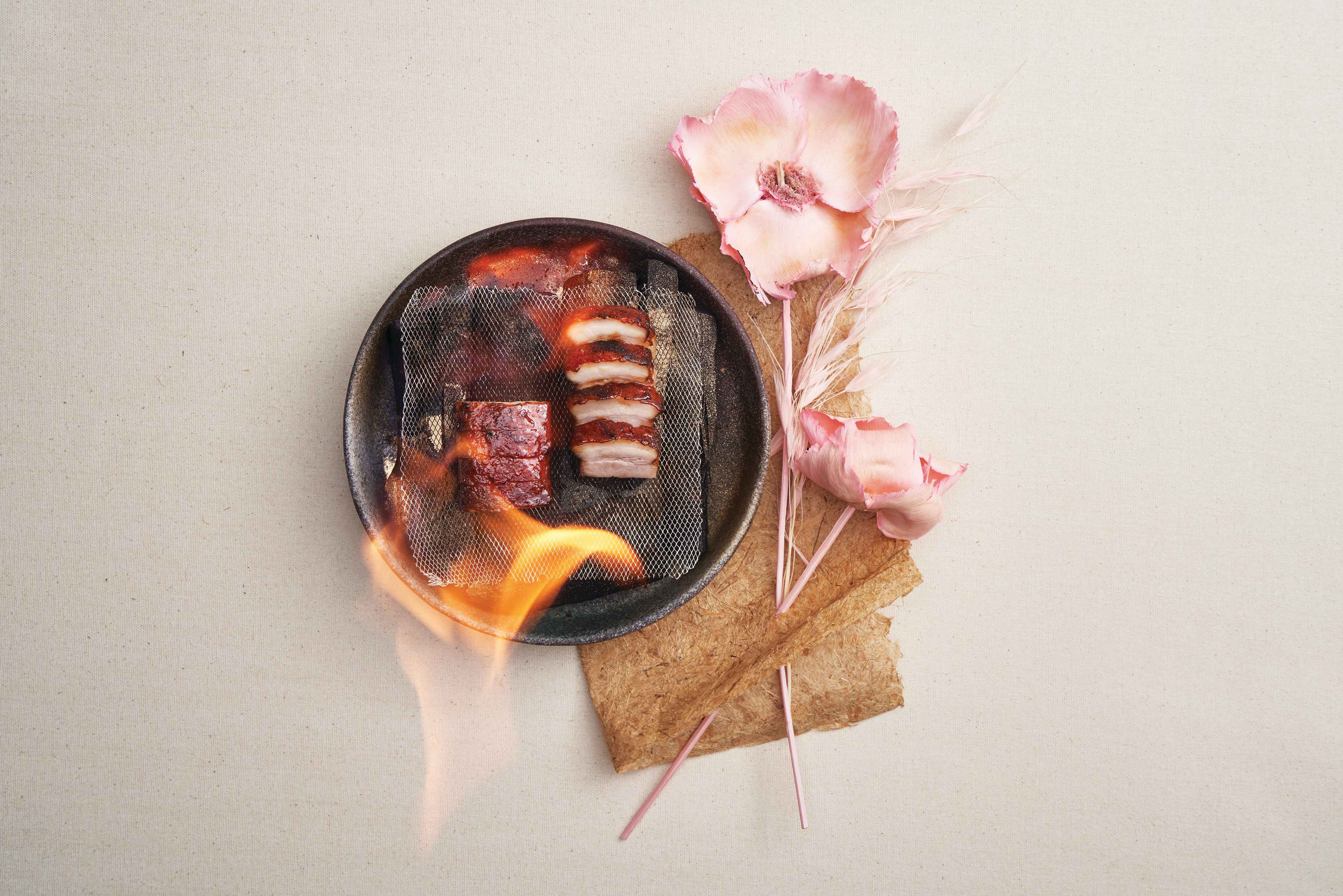Coming out of its shell
To bring out the sweet flesh of the tubular bamboo clam, pair it with spicy sauces and avoid citrusy, acidic juices, says executive chef Eric Neo of InterContinental Singapore.

When it comes to razor clam hunting, salt is an all-essential bait you need. The bivalve molluscs, encased in their blade-like shells (and thus their other moniker, razor clams), reside deep in nutrient-rich, alluvial mud flats in Southeast Asia, North America and Europe. They give away their little game of hide and seek with the holes they leave in the sand. Throw some salt into the hole, and, within seconds, the mollusc—irritated by the change of acidity in the mud’s water—juts out vertically from the wet surface. Exposed and vulnerable, it can then be pulled out easily with your hand.
Even when it is cooked, the bamboo clam still finds a nemesis in acidic ingredients. “Acidity, such as lemon juice, can spoil the freshness and taste of the bamboo clam’s flesh,” says Eric Neo, executive chef of Intercontinental Singapore. “If you do use lemon [juice], just a tiny amount of it will do.” The shellfish is easily available in supermarkets today, and, as with oysters, you should only select those with their shells still closed.
Neo sources his bamboo clams from a farm in Scotland as he thinks the molluscs taste better than their Asian counterparts: the Scottish waters are cleaner so the clams are sweeter and have a less fishy or pungent flavour. Their flesh is also thicker, which gives it a very piquant texture.
Steaming the shellfish with garlic is a common, traditional cooking method in Chinese cuisine. This technique, however, requires restraint and care: cook them till they have turned just a little soft. Undercooked clams will taste oily, sinewy and unpleasant, while overcooked ones will taste tough and bland.
For ingredient pairing, Neo eggplant or brinjal, as the vegetable’s softness offers a textural counterpoint to the slightly chewy character of the clam. He pairs the steamed shellfish with pickled red chilli, letting the sweet-spicy ornament bring out the aromas from the clam’s glistening flesh. “Bamboo clams work with all kinds of spicy sauces—a simple pleasure would be to eat it with sambal chilli,” he says. “You can also serve them as canapés by removing their meat, grilling them, and placing them in scones.”
SHARE

















 SUBSCRIBE
SUBSCRIBE